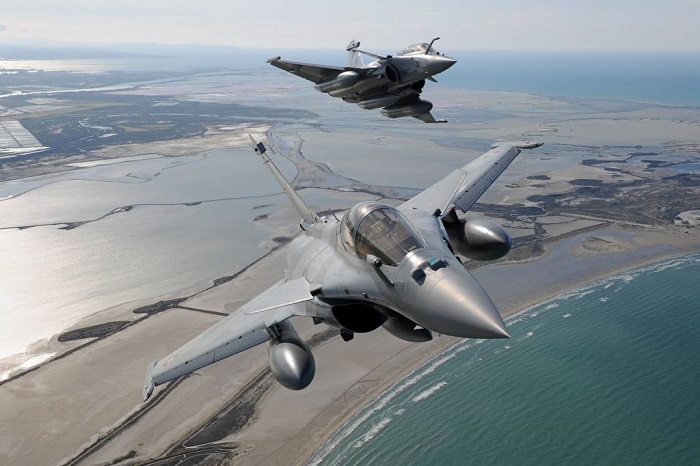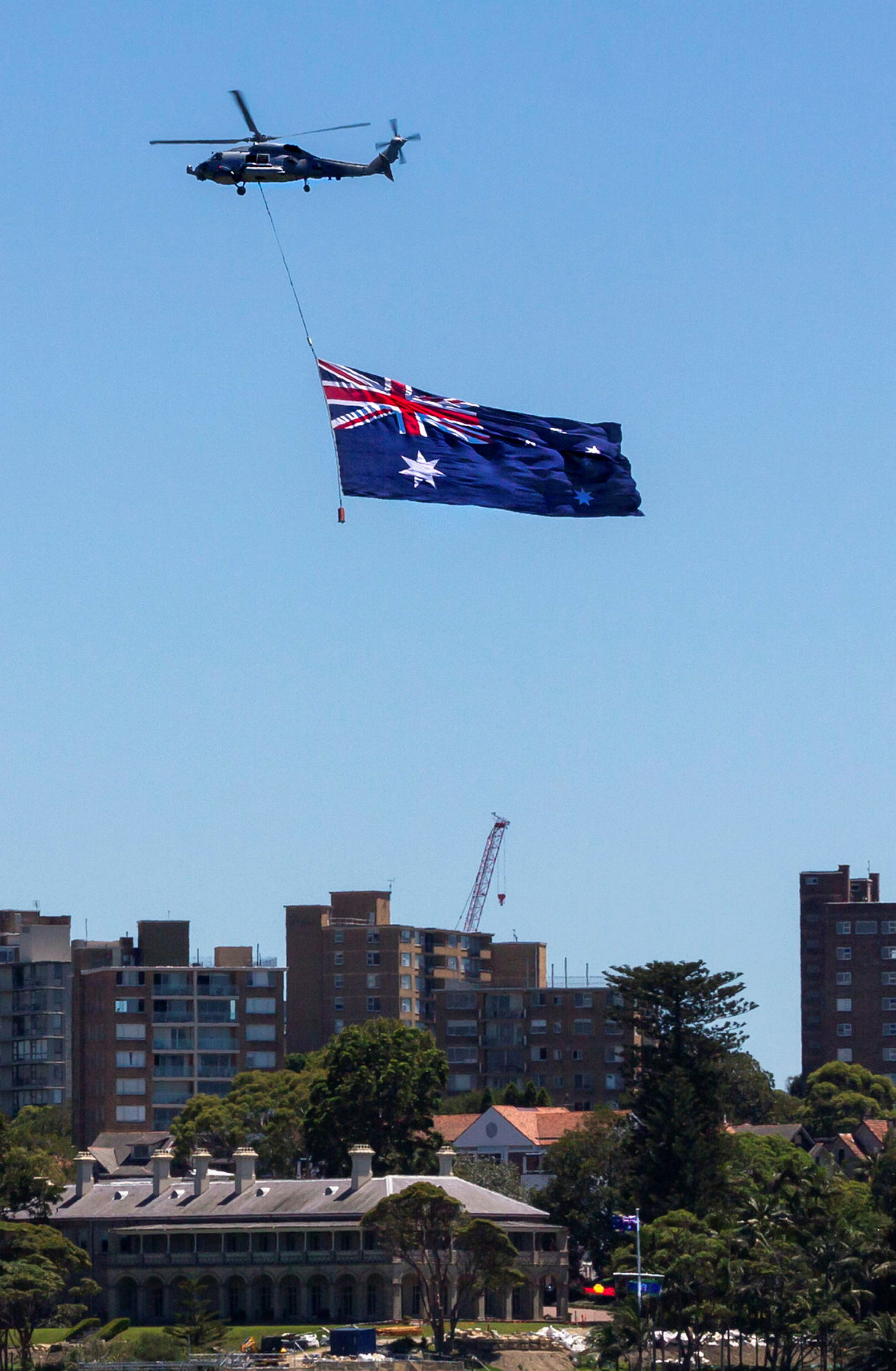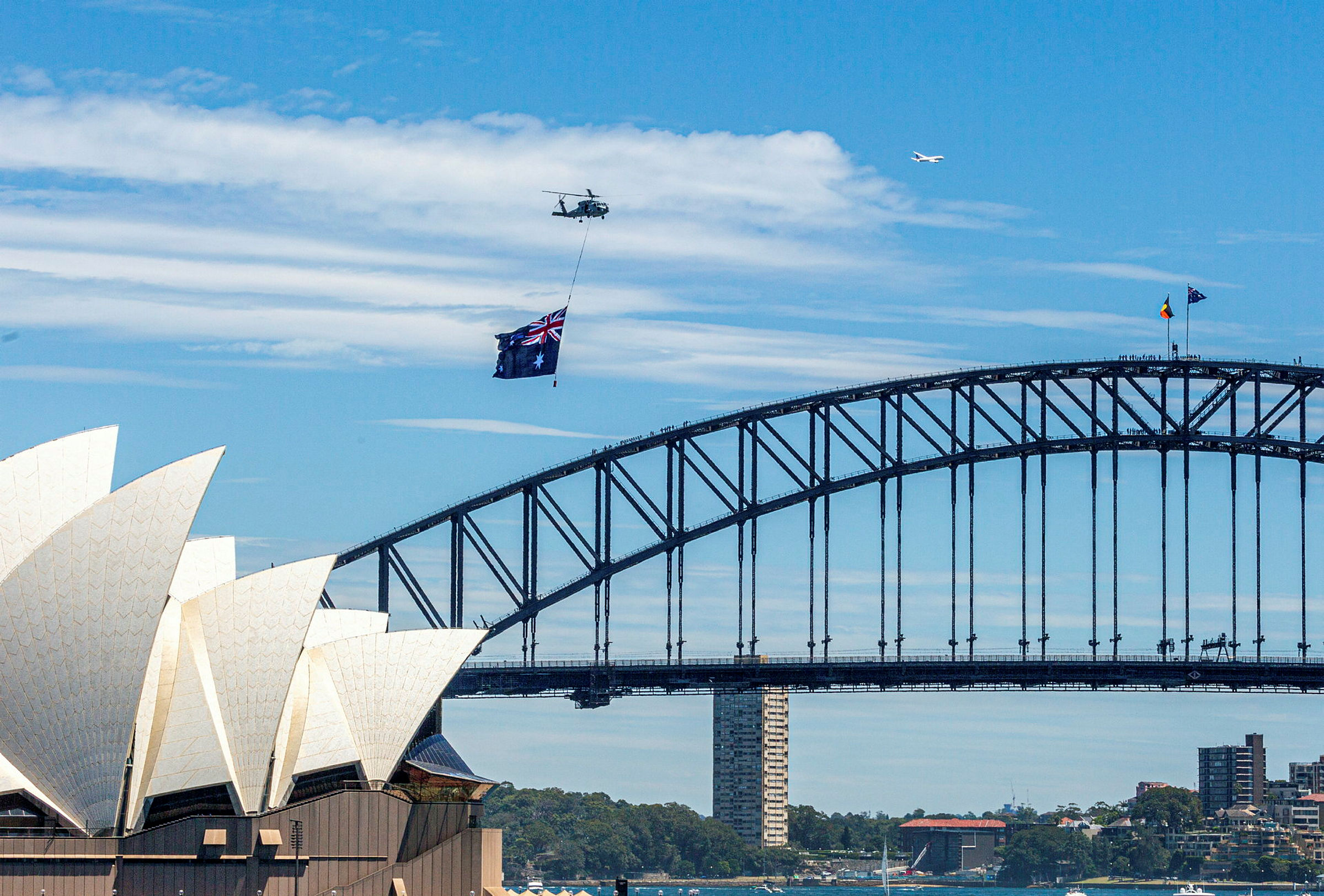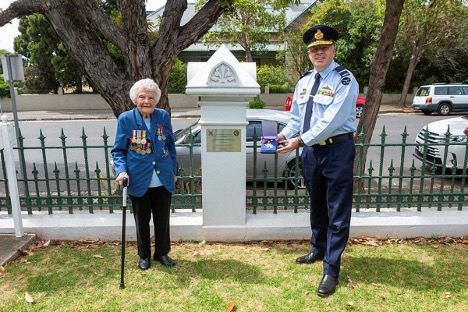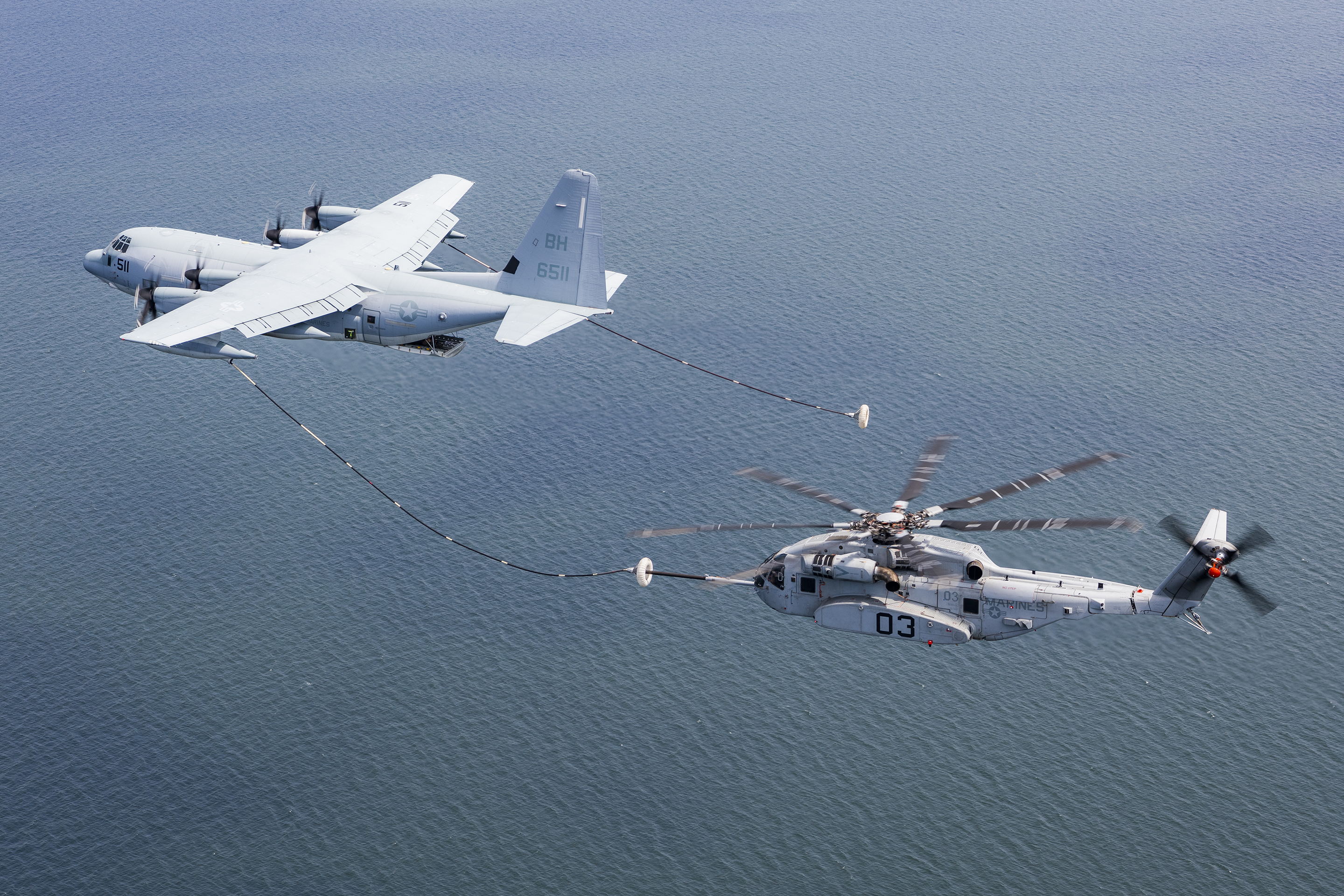Our colleagues at the Italian defense journal RID have highlighted the departure of the Cavour for the United States:
“The aircraft carrier CAVOUR has left for the United States where it will embark the F-35Bs of the Navy stationed Beaufort and will acquire the certification to operate the aircraft.
“The unit, with its crew and its Commander, were greeted by the Minister of Defense Lorenzo Guerini, accompanied by General Enzo Vecciarelli, Chief of Defense Staff, by Admiral Giuseppe Cavo Dragone, Chief of Staff of the Navy, and by Admiral Paolo Treu, Commander in Chief of the Naval Squad.
“The Minister stated: “It is certainly an activity of a technical-operational nature, but with important implications on the strategic-military level for Defense and for the country on the international scene.
“In fact, Italy will become one of the few countries in the world, together with the United States, Great Britain and Japan, to be able to operate an aircraft carrier capability with 5th Generation combat aircraft.
“The convergence between Italy and the United States on the mutual strengthening and integration of their naval forces means that this mission provides as an important additional opportunity for operational validation.
“This mission will allow to further increase, also from a joint perspective, the capabilities that the Defense, and the Navy in particular, available to Italy ”
An additional article published by Naval News, provided some additional details.
“The major issue for 2021 is the ITS Cavour, our major carrier, that will be deployed here in the United States for what we have called ‘Ready for Operation Campaign’ that consists to achieve the qualification and to conduct joint and combined maritime operations by embarking F-35 Bravo air assets. The campaign will be executed in close cooperation with the U.S. Navy but especially U.S. Marine Corps. The unit is expected to arrive in Norfolk in a few weeks, actually half of February.”
“For the record, the aircraft carrier Cavour left the Arsenale Militare Marittimo (Maritime Military Arsenal) of Taranto in May 2020 after completing a 16 months refit and upgrade period to operate F-35B Joint Strike Fighters.
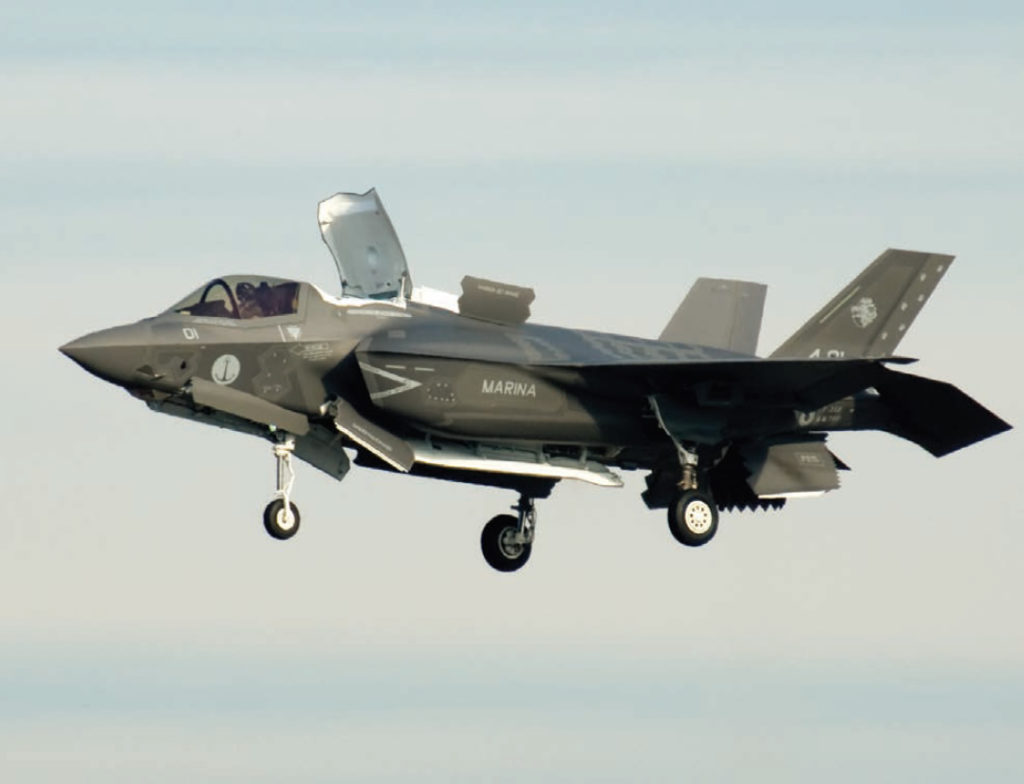
“Technical interventions carried out on board the aircraft carrier included the overhaul of the flight deck with a new deck coating. This was necessary to limit the thermodynamic impacts when the F-35B STOVL (Short Take Off Vertical Landing) variant will take off and land. In addition to the structures, equipment and flight systems of the deck, the ship’s island compartments, hangar, equipment store, aviation fuel storage, data distribution network, sensors and electronics were also modified and upgraded. This was required for the integration and flight operation of the F-35B from ITS Cavour.
“The Cavour upgrade phase started a month after the second Italian Navy’s F35B – individual registration code 4-02 – took off from the Cameri (Novara) Final Assembly and Check Out plant FACO to make its flight to the United States. The aircraft final destination was MCAS Beaufort, in South Carolina, where the aircraft joined the first F-35B (4-01) in supporting the training of the F-35B Italian pilots and technicians.
“The Italian Navy ordered a total of 15 F-35B fighter jets. The Italian Air Force has the same amount on order (in addition to about 60 F-35A models).”
Editor’s Note: This is the original RID piece in Italian:
La portaerei CAVOUR è partita alla volta degli Stati Uniti dove imbarcherà gli F-35B della Marina di stanza Beaufort ed acquisirà la certificazione per operare con il velivolo. L’unità, con il suo equipaggio ed il suo Comandante, è stata salutata dal Ministro della Difesa Lorenzo Guerini, accompagnato dal Generale Enzo Vecciarelli, Capo di Stato Maggiore della Difesa, dall’Ammiraglio Giuseppe Cavo Dragone, Capo di Stato Maggiore della Marina, e dall’Ammiraglio Paolo Treu, Comandante in Capo della Squadra Navale.
Il Ministro ha rilasciato parole molto importanti a proposito di questa attività affermando che“si tratta certamente di un’attività di natura tecnico-operativa, ma con risvolti importanti sul piano strategico-militare per la Difesa e per il Paese nel panorama internazionale.
L’Italia, infatti, diventerà uno dei pochi Paesi al mondo, insieme a Stati Uniti, Gran Bretagna e Giappone, a poter esprimere una capacità portaerei con velivoli da combattimento di 5ª Generazione. La convergenza di intenti tra Italia e Stati Uniti sul reciproco rafforzamento e integrazione delle proprie forze navali vede in questa missione un’importante ulteriore occasione di verifica operativa. Questa campagna consentirà di aumentare ulteriormente, anche in ottica interforze, le capacità che la Difesa, e la Marina in particolare, sapranno mettere a disposizione dell’Italia”
See also, the following:
Italian Naval Airpower: The Importance of Showing Up at Beaufort Air Station
Re-Thinking the Role of the Smaller Deck Carrier: The Case of Cavour
Cameri, Italy and the F-35: Special Report (English and Italian Versions)


